Fakes, Fakes and more Fossil Fakes
/An article based upon the online lecture of May 12, 2020, by Dr. William Orr for GSOC
By Carol Hasenberg
There are many reasons why people might produce a fake fossil, but here are the leading contenders:
Fossils can be very valuable items, and if one wants to make some easy money, one can mass produce fossil products for profit, and
Wouldn’t it be fun to fool the gullible public into believing in this fake I’ve made!
Dr. Orr had lots of examples of these enterprises that have been done since man first started studying fossils. A spectacularly popular fake of the early Twentieth Century was Piltdown Man, a fake “missing link” fossil made by Charles Dawson in Britain. He combined a human skull with the mandible from an orangutan and this was passed off as real for 40 years, until the advent of Carbon-14 dating exposed it as a fraud. Charles Dawson produced other fake fossils and must have been a strange character himself.
A similar and even less believable fraud was the Cardiff Giant, “discovered” in New York just after the Civil War. This was a 10-foot-tall body of a man carved from a block of gypsum. A funny twist to this fake was that P.T. Barnum, who was thwarted from buying the carnivalesque statue, made one of his own and claimed that he had the “real” Cardiff Giant!
An example that the author found most amusing was the story of Johann Beringer, a German professor who began finding “fossils” carved from mudstone in a nearby quarry. Orr showed the audience pictures of a lot of these, and they are so unbelievably fake that most children of today would not be fooled by them. Yet this was the 18th Century, and Beringer collected these and even wrote books about them. Then one day, he began to find slabs carved with his own name in Hebrew script, and he finally tumbled to the elaborate prank, which was perpetrated by two of his colleagues at the University of Würzburg. Ach indeed! He set about trying to buy up all the books to clear his name, but after his death his survivors dealt him the unkindest blow of all by collecting the remaining books, republishing and selling them for a tidy profit. History has dubbed these fakes “The Lying Stones of Beringer.”
Undoubtedly the most mass-produced fakes of recent times have been those being made in Morocco, a country which is known for some real Paleozoic fossil beds famously containing trilobites, ammonites, and Orthoceras. For those of you who frequent the Tucson Gem and Fossil Show in early February, you know that all sorts of Moroccan fossils abound, and Dr. Orr warned the unwary that these include lots and lots of fakes, some selling for extravagant amounts of money.
He presented a list of things to watch out for and gave examples therein for trilobites:
Fossils which are exact replicas of each other
Painted fossils
Fossils from different ages on the same slab
Fossils slapped together from different parts of real fossils
Fossils that look too “perfect”
Bigger trilobites of the same species that have the same number of segments as smaller ones. Trilobites molted and each time added a new segment to their bodies; therefore, the bigger ones would have more segments as the smaller ones of the same species.
Huge fossil trilobites. The bigger the fossil, the more money can be made, so the uncommon Cambrian trilobite genus Andalusiana are frequently faked and even sold on the internet through vendors who should perhaps be a bit more discriminating. But at $80 a pop, they are quite a bargain and can be delivered free to your doorstep!
An example ad for an Andalusiana trilobite.
Conversely, traits which lend verisimilitude to a trilobite fossil include:
A grouping of overlapping specimens – too difficult to carve
Tiny, detailed fossils – not profitable to make.
Trilobites are well-known indicator species and therefore few paleontologists would be fooled by fake trilobites. They are well-studied and new taxa would draw lots of attention – and expose them if they are fakes. Yet there are lots of dilettantes and tourists who will purchase unknowingly.
Another commonly faked fossil is the fish fossils found in the Eocene Green River Formation of Wyoming. These 50-million-year-old fish were well preserved at the bottom of a freshwater lake and can be found as intact specimens (bones and impressions of actual surface shape). Fake specimens may be painted right on the shale slabs or a real fossil may be enhanced by paint. This puzzles Orr, as the real fossils can be purchased for 3 or 4 dollars each. Other similar fakes he has spotted are impressions of animals such as a seahorse all with soft body parts and looking perfect.
An example of another ad skating on the edge of being truthful. Fossil insects are implied to the unwary. Home Decorations?
The author acquired this piece of Baltic amber with three insect inclusions for about $30 at the Tucson Gem and Fossil show about 15 or 20 years ago. She’s always been a bit suspicious about this piece, because the insects look a bit too perfect and there are those cracks in the piece right by two of the insects. But then there are the legs on the large insect sticking down into the next layer…
Fake amber is an industry all to itself, and has been for centuries. The material itself is often faked and so are animal and plant “inclusions” found in it. Not only can plastic resin be substituted for amber, but ground amber can be reconstituted as pressed amber, and so forth. Plastic resin fakes are easier to spot than pressed amber, which has properties similar to that of natural amber. Also, real amber may be heat treated to clarify it and produce “sun spangles” or small circular included planes that catch the light and glitter. Insects can be cast in resin within hollowed out real amber pieces. The buyer should be wary of small amphibians, reptiles or large insects that look too perfect (and offered at such a bargain price!). Real animal inclusions often are contorted or disarticulated from their struggles in trying to free themselves from the sticky resin. Real fossils also do not retain their original colorful skins or shells (see ad above).
This is a piece of Dominican amber with a wasp inclusion. Buggy amber from the Dominican Republic tends to be very “dirty” and darker in color than Baltic amber. So the insects are harder to see. The wasp (in the lower left quadrant of the piece) has a more typical death pose than those in the Baltic piece.
Quantities of fossils are being faked in China. Fossil reptiles and dinosaurs are favorite targets. These specimens often look too perfect, and the “fossil” part has been painted to distinguish it from the matrix. Other types of Chinese fake fossils are constructed all or partly out of real fossils, but faked to look like something they’re not — a giant fossil spider is faked from a real fossil crayfish, etc. Some interesting hybrid dinosaur hybrid fakes are done as well — causing fossils coming out of this country to be treated with suspicion.
So let the buyer beware! The best way to avoid fake fossils is to (1) collect them yourself, or (2) know the preparator.






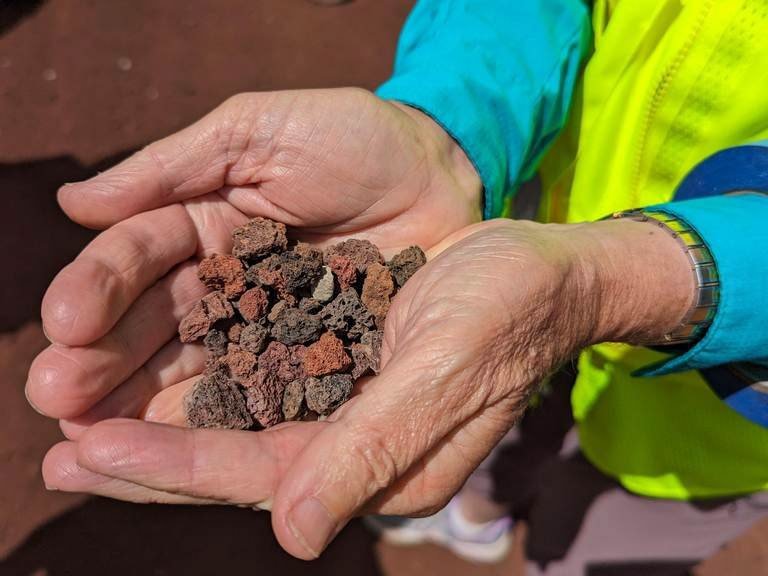

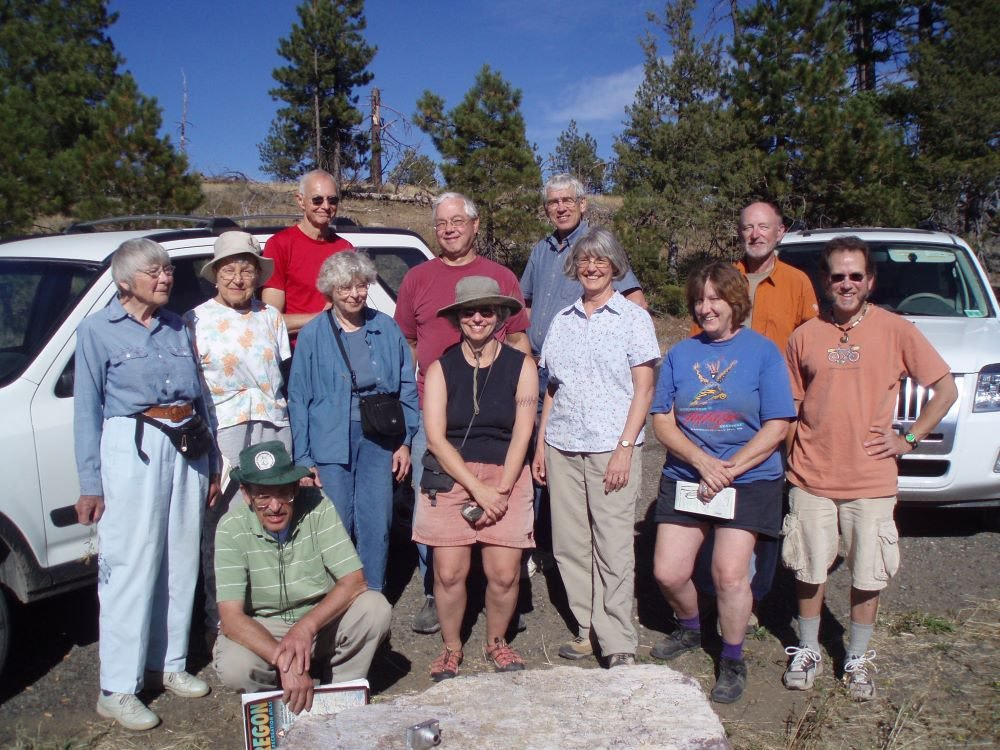

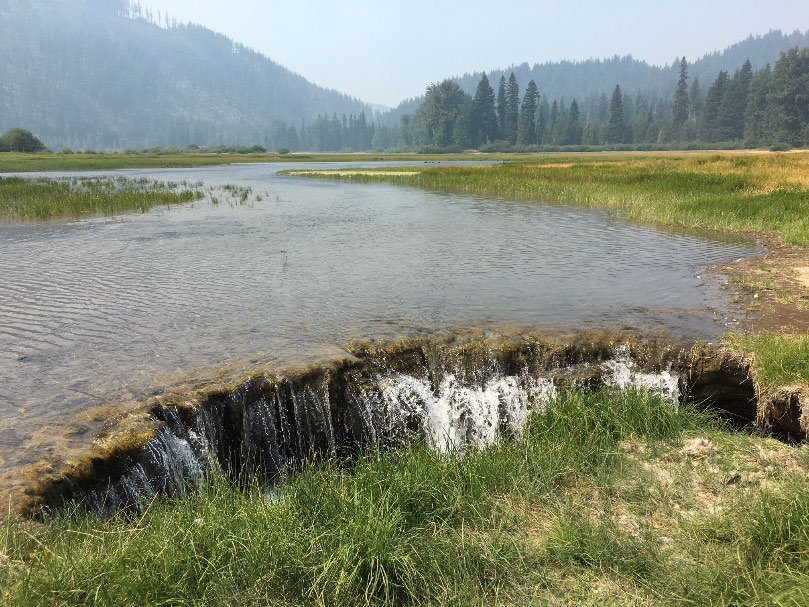
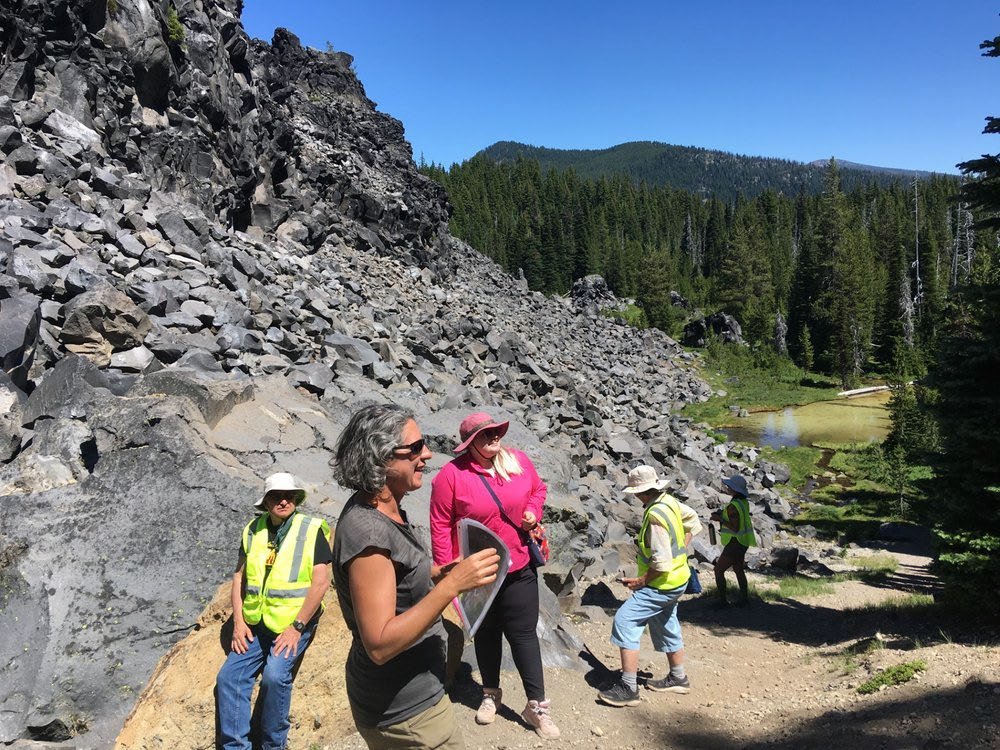
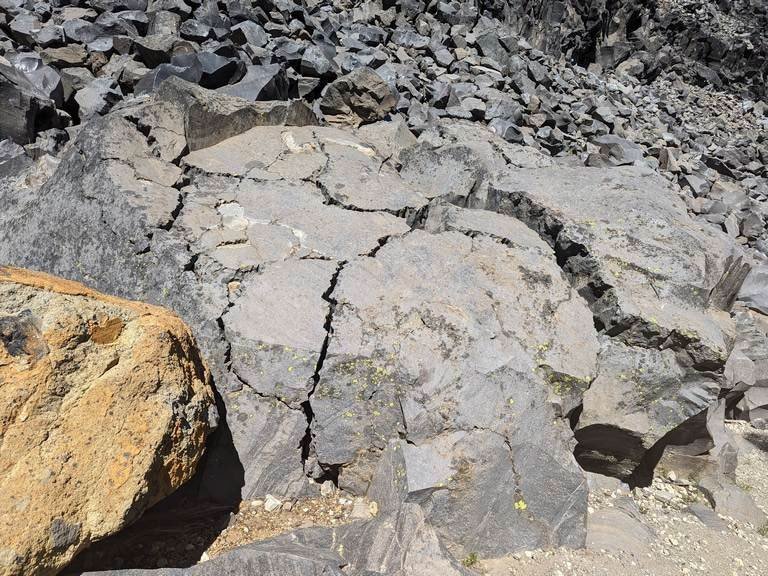

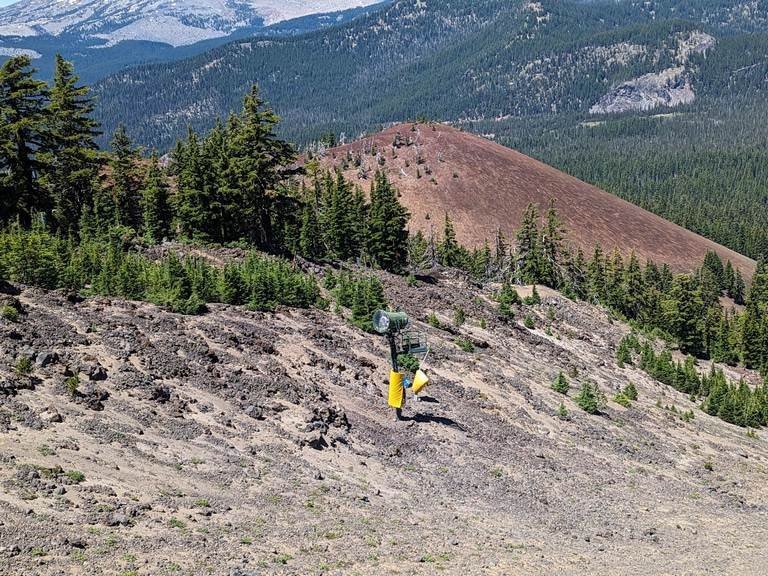

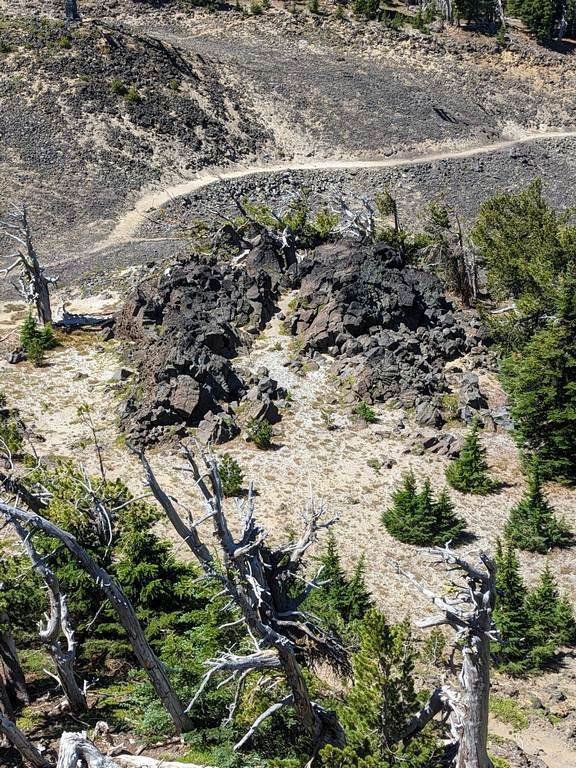
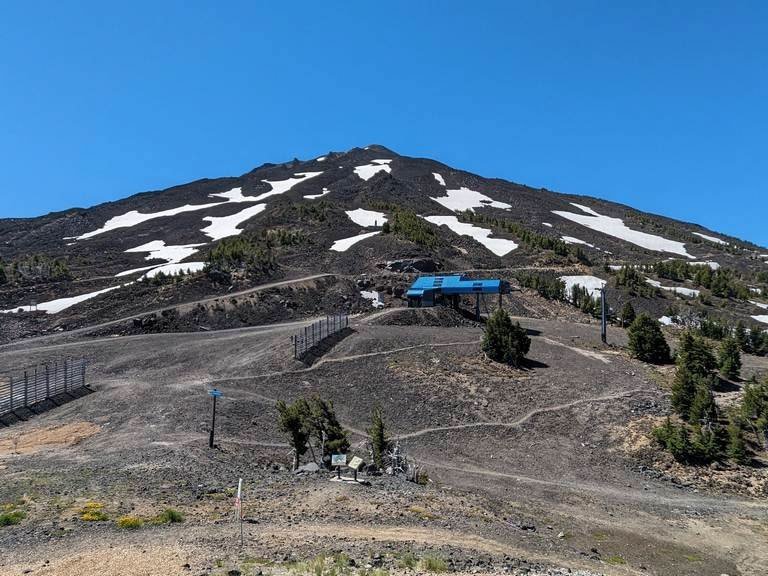









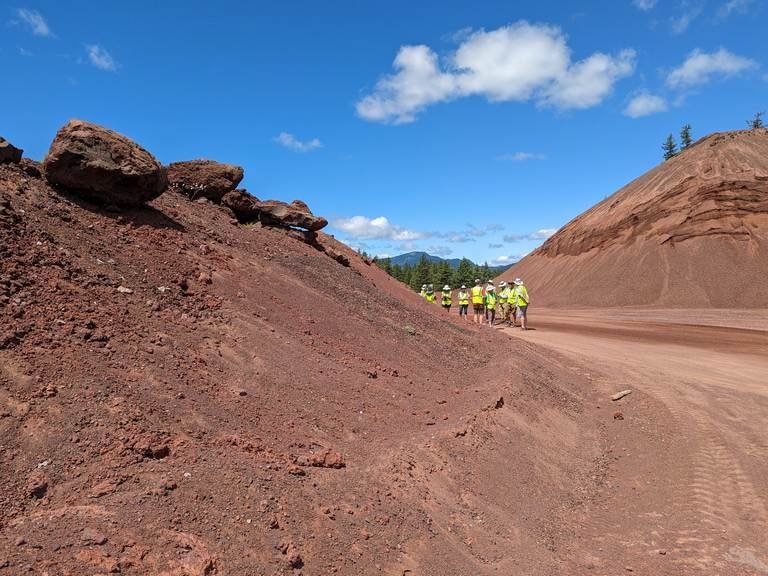
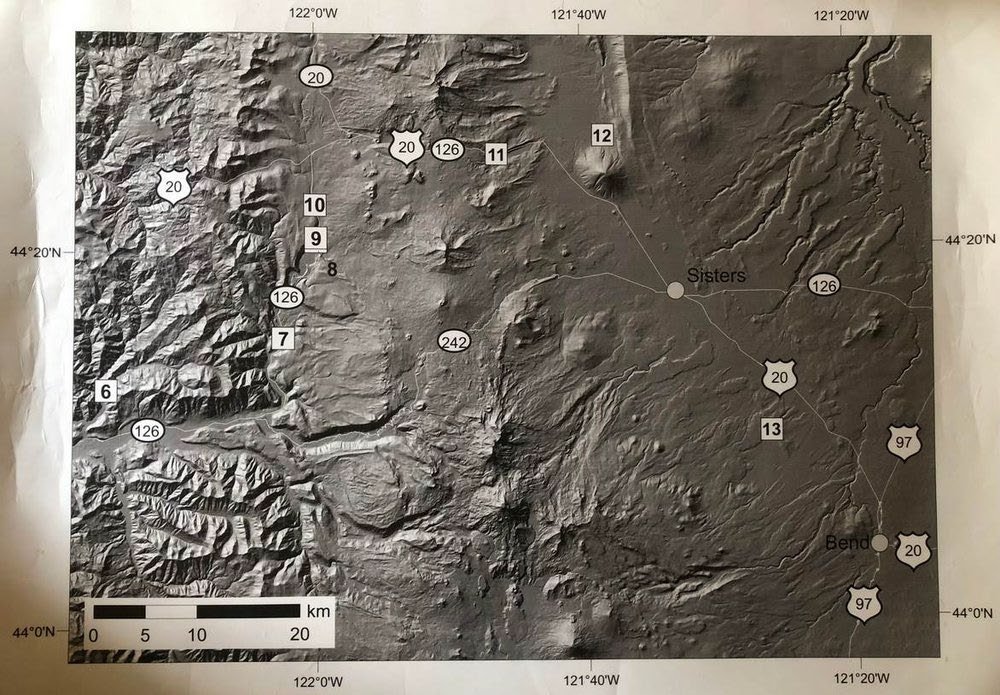

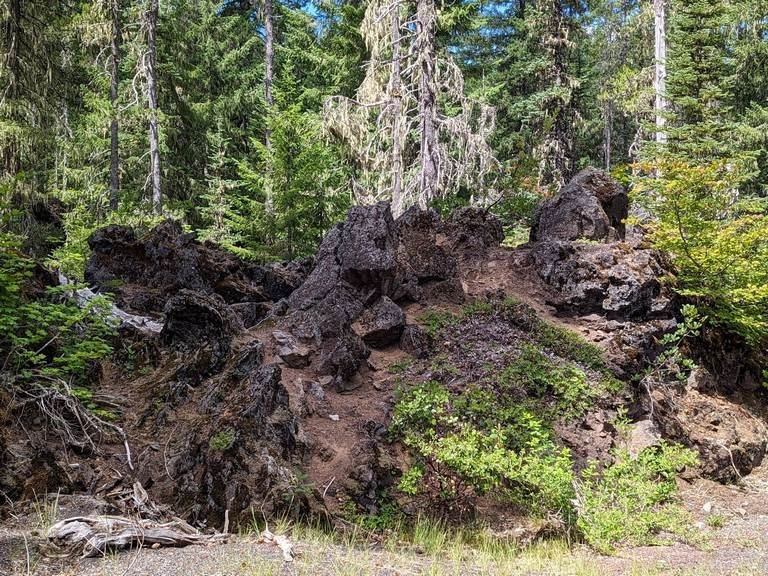
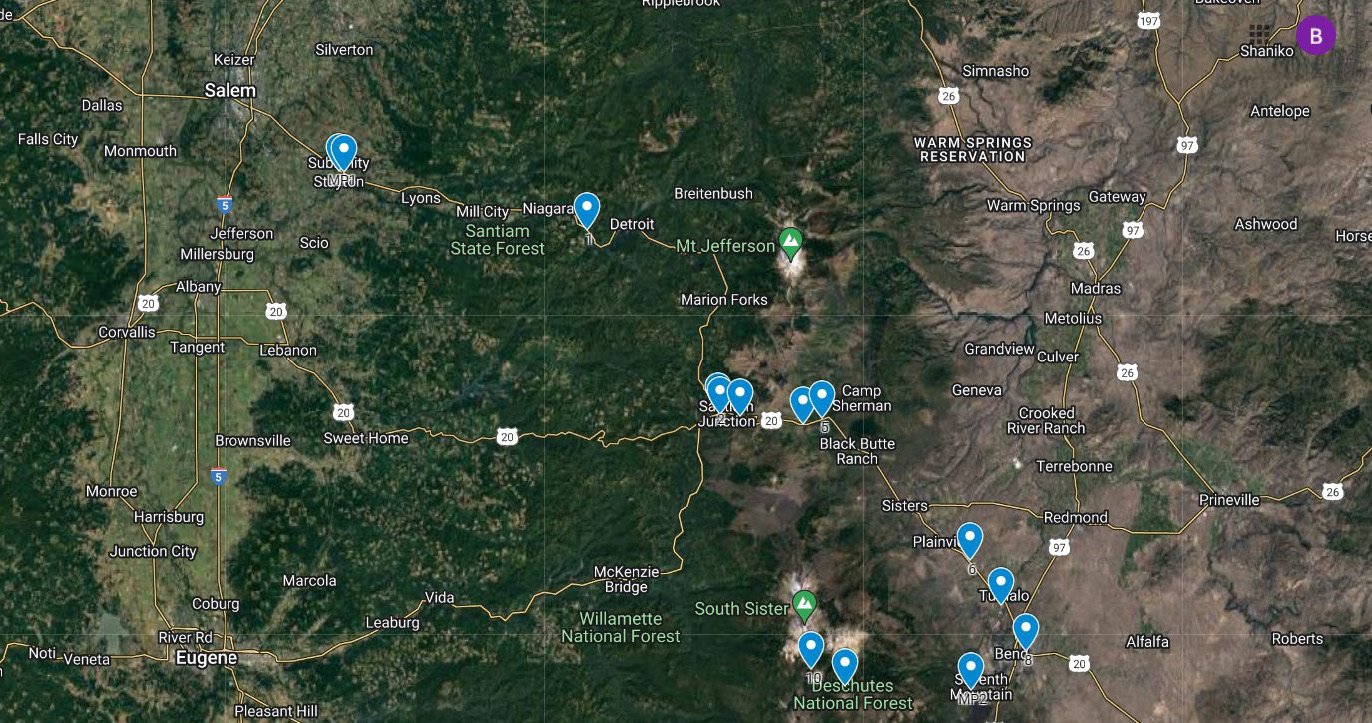
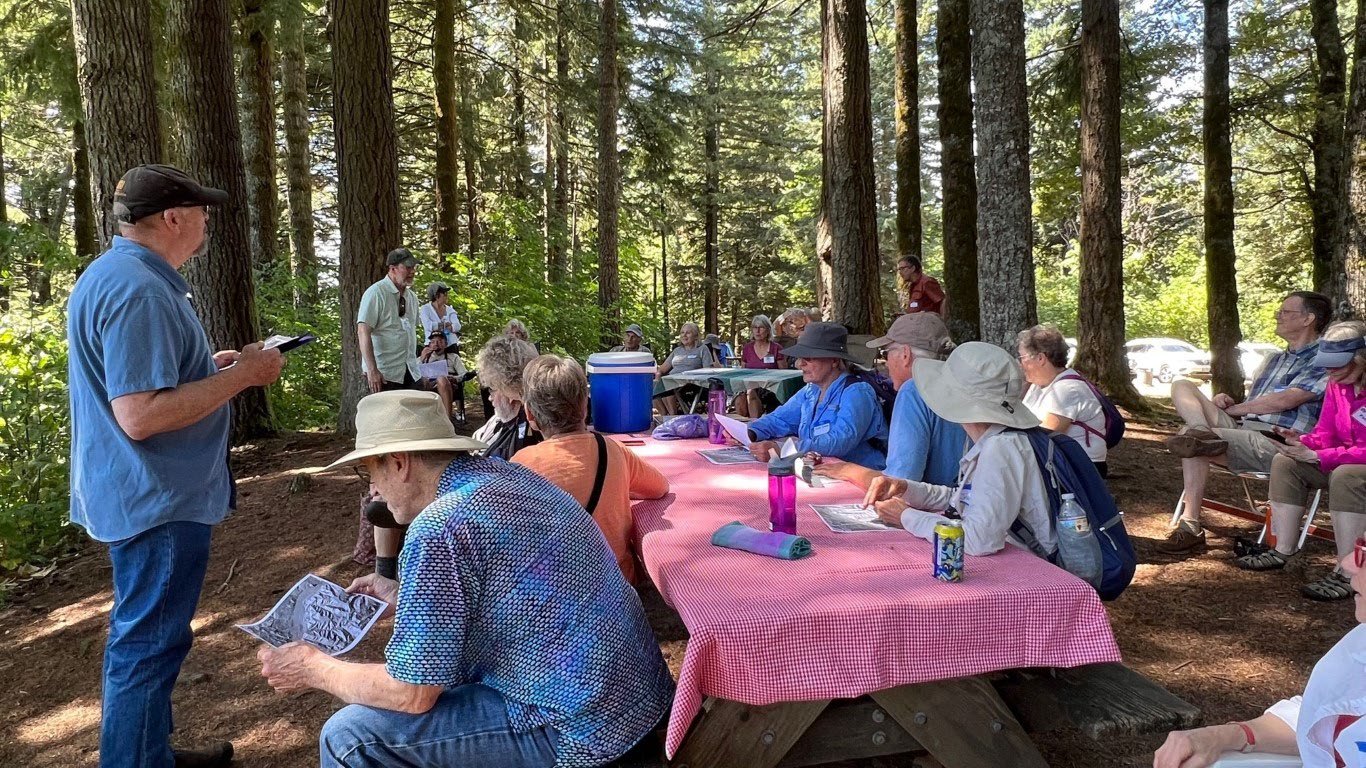


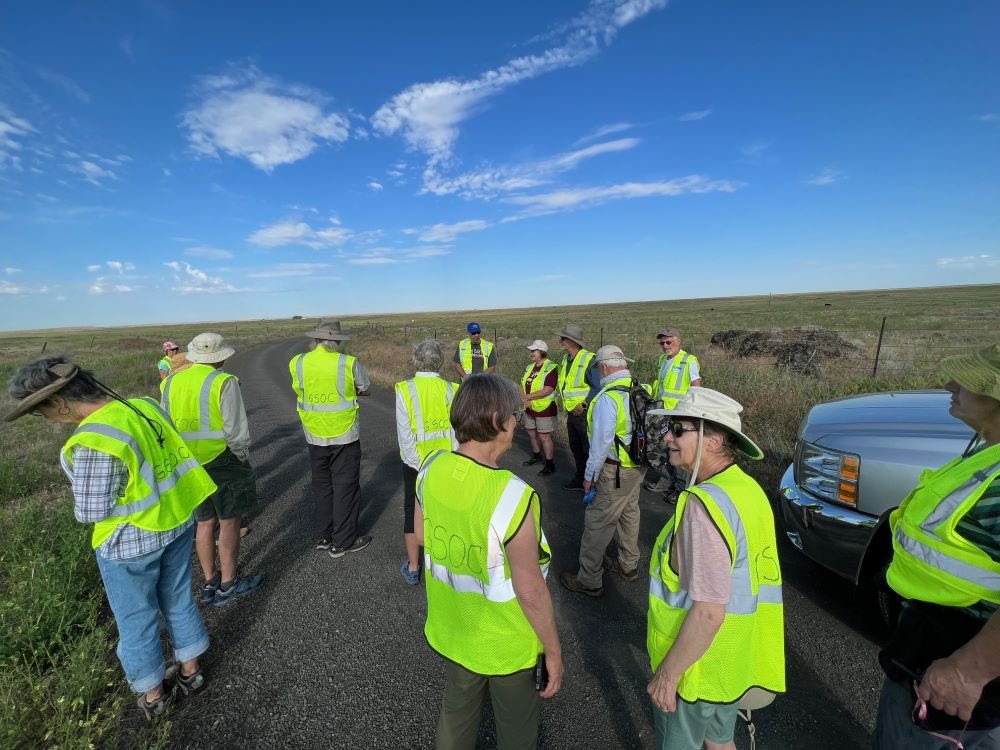
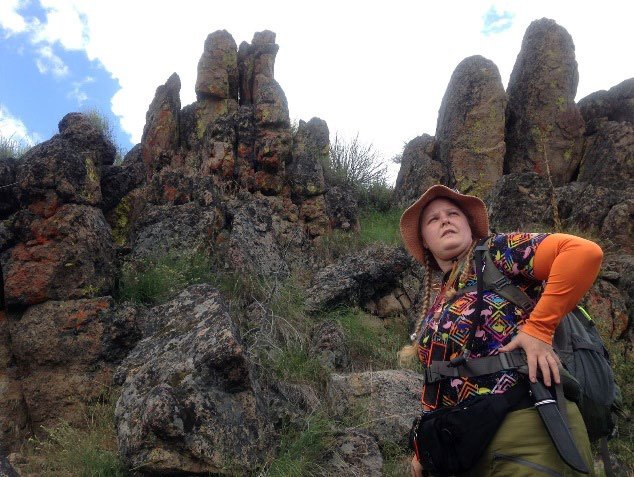
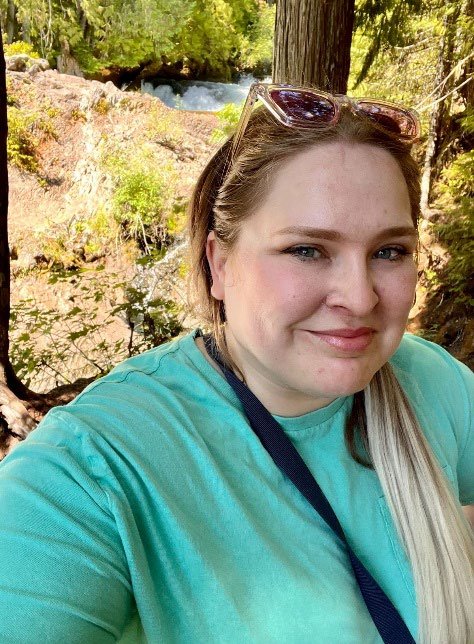


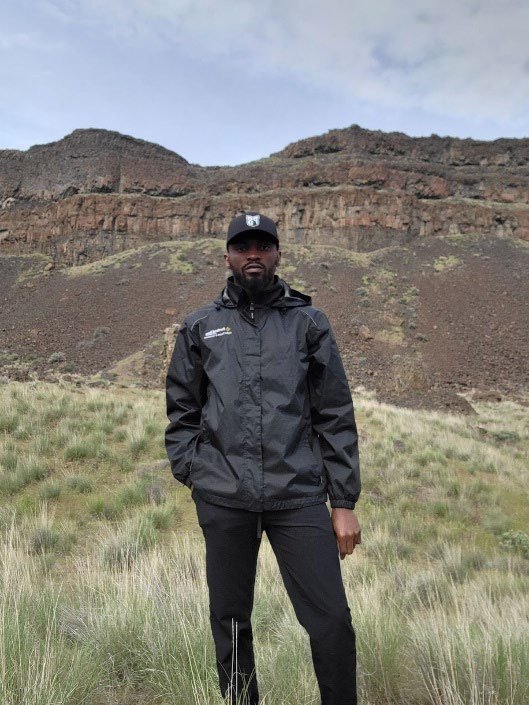







Field Trip Director
Annual Newsletter Editor
fieldtrips@gsoc.org